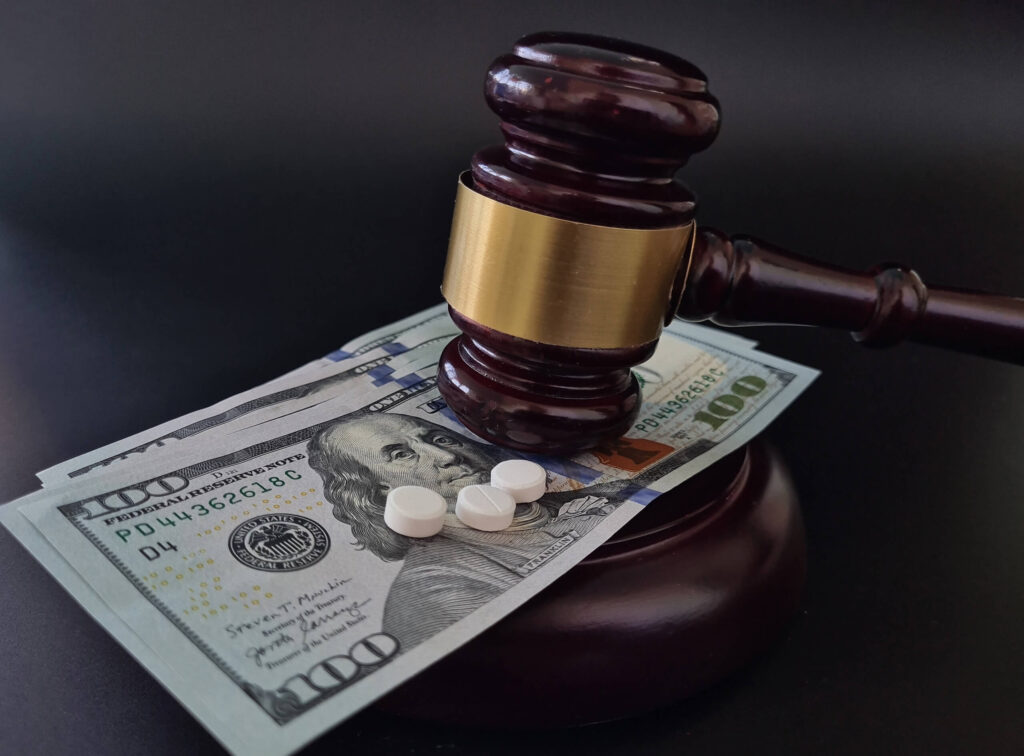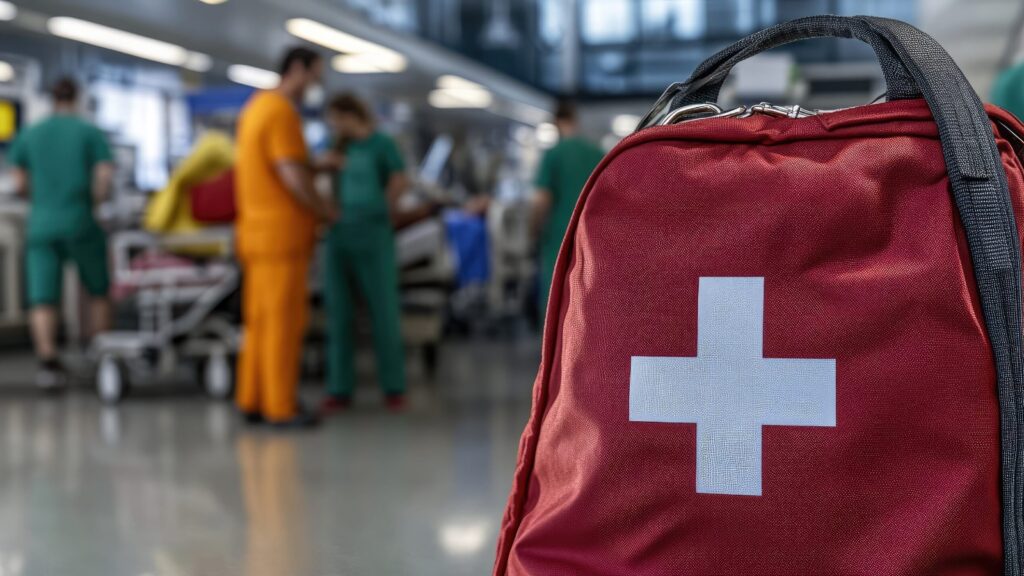A Conversation Between a Lawyer and His Accountant About Tort Reform
Hurt in Northwest Pennsylvania? Get a free consultation with a Purchase, George and Murphey, P.C. lawyer. Call today: 814-273-2010 / toll free 814-273-2010.
My accountant saw that I’d recently given a seminar on Pennsylvania’s changes to Joint and Several Liability, called by some the “Fair Share Act” and by others the “Wrongdoer Protection Law.” She sent me an e-mail and asked me what those changes meant for her, in 20 words or less. Well, I can tell you that I didn’t keep my answer to the 20-word limit, but here is my response:
It won’t have any effect on you, probably.
The practical effects of the change will affect only a very small number of people who are seriously injured as a result of multiple negligent actors. For those people and the lawyers who rep them, the change may be profound. The rest of the world will hardly notice a thing.
Still interested? Here’s the skinny. It used to be that if you were hurt because two or more people were careless (consider an intersection collision where you’re a passenger and your driver misses a STOP sign and gets hit by a drunk who’s speeding), then you could recover the full amount of your compensation from either your driver’s insurance company or the drunk’s…your choice. This was called “Joint and Several Liability” and it was helpful because there are a ton of people out there who don’t have enough insurance.
Here’s what I mean. Accept that your driver has $100,000 in Pennsylvania car insurance, the drunk has $15,000 in insurance (the mandatory PA minimum), and you are owed $100,000. Accept further that a jury finds your driver 50% at fault for missing the STOP sign and the drunk 50% at fault for speeding and being drunk. Under joint and several liability, you can recover the full $100,000 from your driver’s insurance company. The insurance company’s remedy would be to get 50% back from the drunk (and his insurance company). Practically, they’d end up getting $15,000 (the drunk’s coverage) and writing off the remaining $35,000 (unless the drunk had unencumbered assets).
Now that joint and several liability has been abolished (in most instances), each negligent person will only have to pay “their fair share.” So, in the same scenario, you as the injured person would collect $50,000 from your driver’s insurance company, $15,000 from the drunk’s insurance company, and then you would end up eating the remaining $35,000.
It’s a risk-shifting device. Under the old system, careless people (and their insurance companies) bore the economic cost of any injury they caused. Under the new system, we put the cost of injury on the injured person.
Worried about how to protect yourself from the new system if you’re one of the unlucky few to be injured? In the auto accident scenario, the solution is easy enough: buy a ton of Uninsured/Underinsured Motorist Coverage. In other scenarios (like product liability, for example), not so much. Consider the toxic toy scenario. If you buy a toy made in China that turns out to be toxic and it causes some terrible injury, the “fair share” of liability will be split evenly between the manufacturer and everyone else in the supply chain. So, some company in China (that manufactured it); everyone who supplied a defective component (maybe the company that sold the toxic paint); an importer; a distributor; a retailer; and perhaps others will be liable for the harm. Under the old system, if you could find anyone in that chain who had insurance or assets, you could recover the full amount of compensation. Under the new system, every defendant who can find someone in the chain with no assets will spread the liability around to diminish how much they have to pay. So, if the manufacturer, supplier, importer, and distributor are broke (or are fly-by-night operations or are otherwise judgment proof), then the retailer will only have to pay 20% and you, the injured person, will have to eat the rest.
Sorry about exceeding the 20-word limit. There are many other issues raised by the statute and many other examples, but this is the gist of it.
You probably get that I’m no fan of Pennsylvania’s changes to the Joint and Several Liability law.
Contact a Pennsylvania Injury Lawyer Today
For a free, no-obligation consultation with our team of experienced Erie car accident lawyers, call today at 814-273-2010 or toll free at 814-273-2010, or fill out the online consult form.












